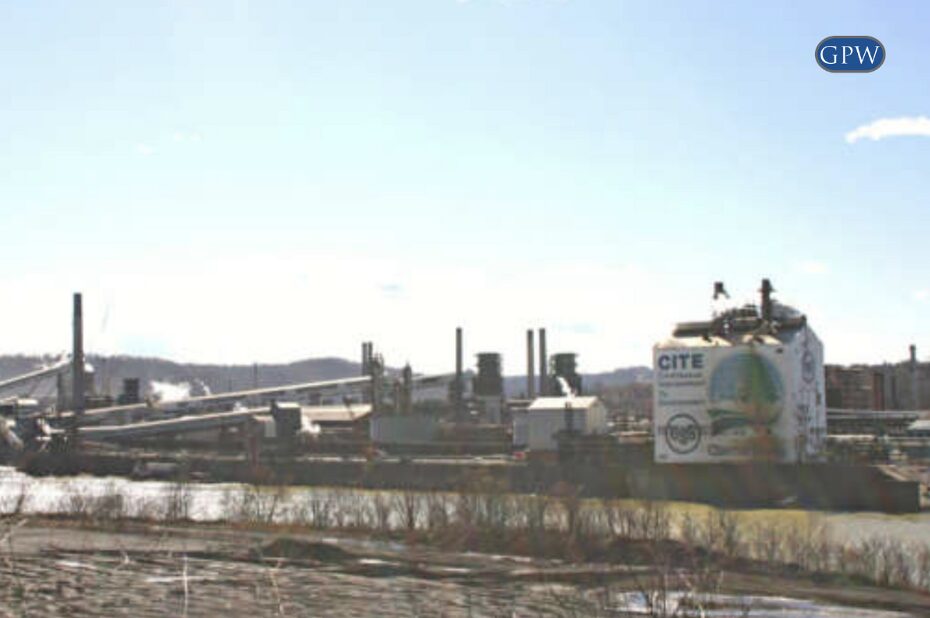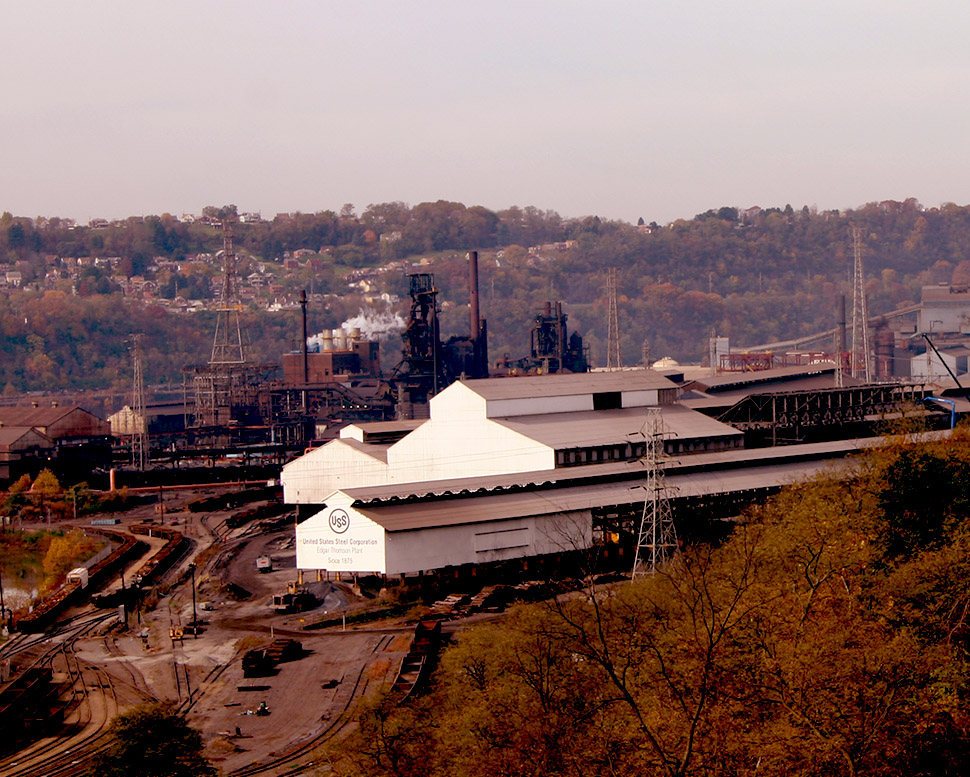Asbestos and Latest EPA Regulations in the United States
Is the U.S. Banning Asbestos?
Did you know the United States government hasn’t banned the use of asbestos? Asbestos has been linked to one of the most aggressive cancers today. An estimated 90,000 people die from asbestos every year worldwide.
So why is asbestos still being used? In this article, we’ll examine the dangers of asbestos, how it has been used over the years, what products contain asbestos, and the U.S. government’s response to asbestos.
What is Asbestos?
Asbestos is a natural mineral found in stones known as:
- Altered ultramafic rock
- Alkalic intrusions
- Metamorphosed dolostones
- Metamorphosed iron formations
- Serpentinites
- Various mafic rocks
Asbestos is actually the generic name given, not a mineralogical definition. A mineral product that is flexible possesses high tensile strength, is resistant to heat and chemical degradation, can be woven into fabric, and is commercially designated as “asbestos.”
Asbestos in Consumer Products
You can still find asbestos materials in these items:
- Ceiling tiles
- Clothing
- Cement pipes
- Disk brake pads
- Gaskets
- Heat-resistant fabrics
- Millboards
- Pipeline wraps
- Roof coatings (like roof shingles)
- Vinyl floor tiles
Talcum powder is another popular product in the United States reported as containing asbestos. According to Reuters, companies like Johnson & Johnson (J&J) manufactured and sold asbestos talcum powders.
In 2018, J&J paid millions of dollars to several plaintiffs who accused the company of exposing customers to asbestos. J&J has since stopped all use of asbestos-infused powders.
What Are the Dangers of Asbestos?
Asbestos is a carcinogen. Skin contact with asbestos isn’t likely to cause significant damage to your body, but breathing in asbestos particles over time can damage your respiratory system. The fibers in asbestos can cause mesothelioma, a cancer that takes up to 15 to 50 years to develop after prolonged exposure to the mineral. Symptoms of asbestos exposure are similar to smokers with chronic lung issues.
Inhaling asbestos can cause asbestosis fibrosis (often called asbestosis). Asbestosis is not a cancer, but a disease that causes scarring in your lungs from breathing asbestos. This can damage your lungs over time and cause your body to develop cancer cells that could eventually become mesothelioma or lung cancer.
Asbestos toxicity awareness has been around for several decades, but approximately 3,000 people die from mesothelioma in the U.S. Once diagnosed with mesothelioma, some experts believe that life expectancy is five years or less on average.
Asbestos Use and Regulations in the United States
Asbestos use became prominent in the United States during the Industrial Revolution, with the first patent issued for asbestos in the textile industry in the late 1820s. Throughout much of the 20th century, many homes, buildings, and products contained some type of asbestos material. Homes built before 1980 contain insulation, roofing, flooring, and drywall joint compound that may contain asbestos. Other asbestos-containing products included gaskets, brake pads, vinyl table covers, and even some children’s toys.
As time went on, it grew more apparent that there was a definite link between lung disease and asbestos exposure. However, it wasn’t until the 1970s that workers began to sue, as they discovered asbestos companies and manufacturers knew for decades the dangers of asbestos exposure and intentionally withheld that information from employees.
Even though the dangers of asbestos exposure are currently well-known, asbestos is not banned in the United States. However, government organizations like the Environmental Protection Agency (EPA) have heavily regulated the carcinogen to determine the acceptable level of asbestos to which humans can be exposed, how to remove asbestos from a facility safely, and what you are required to do by law if you discover asbestos.
In 1989, most asbestos-containing products were banned in the U.S., but that regulation was overturned just two years later in 1991 due to a loophole in the Toxic Substances Control Act (TSCA). In June 2016, the Frank R. Lautenberg Chemical Safety for the 21st Century Act was passed. This new act provides legislation allowing the EPA more control over toxic chemicals – regardless of the impact on industry profits.
The World Health Organization (WHO) would later report that asbestos causes disease and insist that countries ban its use. Only 67 countries banned asbestos, but the United States is one of the few developed nations that didn’t outright ban asbestos.
The United States Proposing Ban on Asbestos
As of April 2022, the EPA proposed a ban on ongoing asbestos use. If the ban is successful, companies across the U.S. would have to cease using asbestos in consumer products. This would include importing, processing, and distributing chrysotile asbestos. Additionally, the EPA has proposed a new rule requiring stricter reporting for asbestos use. Companies that process asbestos would have to report all types of use including products that may be contaminated with asbestos, such as talc. Over the years there has been a growing concern of talc products like certain cosmetics and baby powder containing asbestos fibers, exposing consumers to the dangerous carcinogen.
The asbestos ban is long overdue. If you’ve developed disease or cancer from asbestos exposure, you should contact Goldberg, Persky & White P.C. today! You may be entitled to compensation.




